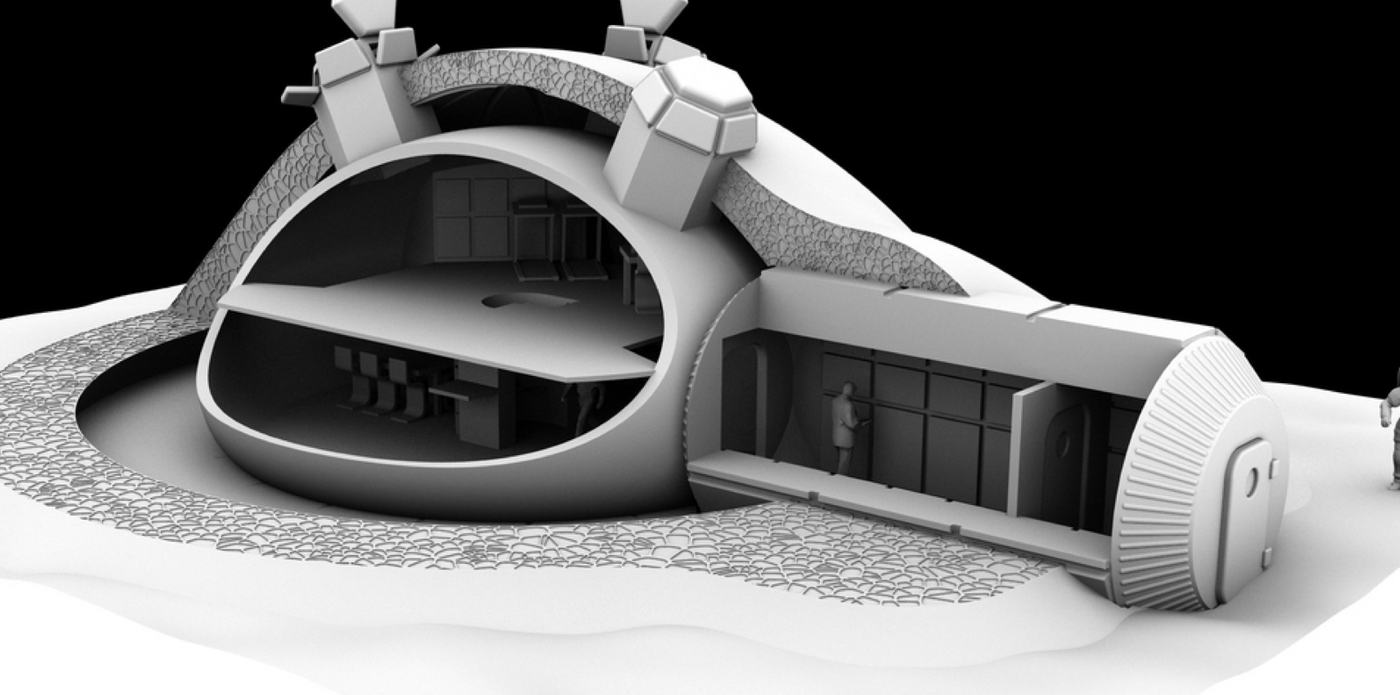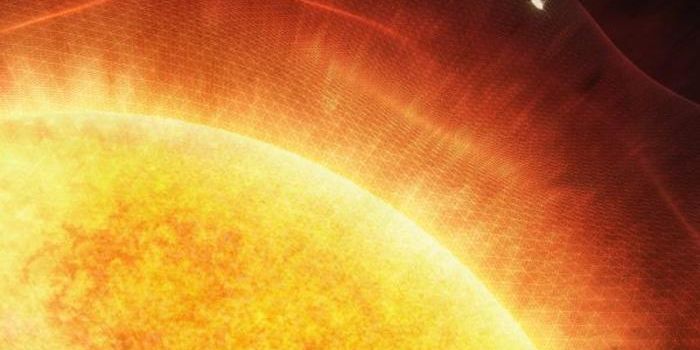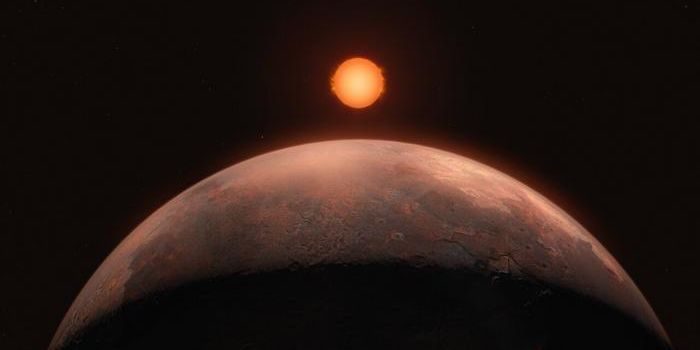Europe and Russia Want to Make a Moon Base and Have Astronauts Live There
It wasn’t that long ago that NASA outlined their plans to send humans to Mars within the next few decades, where they would be able to permanently settle themselves on the planet. As of this week, Europe and Russia are planning to do something similar, but on the more familiar territory of the Moon, which mankind has already stepped foot on multiple times.

The European Space Agency and Russian Federal Space Agency would like to cooperate to launch a mission dubbed Luna 27 within the next five years, which would involve sending a lander with astronauts and cosmonauts to the South surface of the Moon (possibly permanently).
First, the agencies will have to work together to determine whether or not there are enough resources on the Moon to create fuel and air, and if there is, equipment will have to be built that will make the Luna crew capable of being self-sustaining on the Moon.
"We have to go to the Moon. The 21st Century will be the century when it will be the permanent outpost of human civilization, and our country has to participate in this process," Prof. Igor Mitrofanov told BBC News.
Achieving this kind of feat on the Moon is a great way for scientists to learn what’s involved in making something big like this happen without being too far away from the Earth. After all, come NASA’s Mars mission within a few decades, we’ll need this kind of data to understand what it takes to put a person on another planet and keep them alive there. Once we feel like we have it down, we’ll be able to dabble in more distant trips, such as one to Mars.
Although the ESA would like to eventually create a type of 3D-printed, air-tight Moon base for humans, the first missions will involve robots that can investigate what the chemical makeup of the Southern region of the Moon actually is. This way, no humans will be harmed in the mission’s unfolding.

The plan is to drill into the surface to collect samples of what the Moon’s surface has to offer in the incredibly cold Southern Moon regions. Because it’s so cold there, the cold surface acts as a time capsule that could have important clues frozen in ice. These samples will tell scientists what kind of environment the Moon has, and whether or not it’ll be possible to have mankind living on the Moon.
“We are currently looking at the technologies we would need to penetrate that type of material and are looking at having both rotation and hammering functions. The final architecture has yet to be decided - but this combination of rotation, hammering and depth is a step beyond what we have already flown or is in development today,” Mitrofanov continued.
There have been several manned Moon missions since the first in 1969, but each time, astronauts have had to return to Earth afterwards due to the insufficient resources at hand. If this mission goes according to plan, we could be able to have people living on the Moon, assuming we are able to harness the Moon’s own natural resources similarly to how we harness the natural resources here on Earth.
Source: BBC








